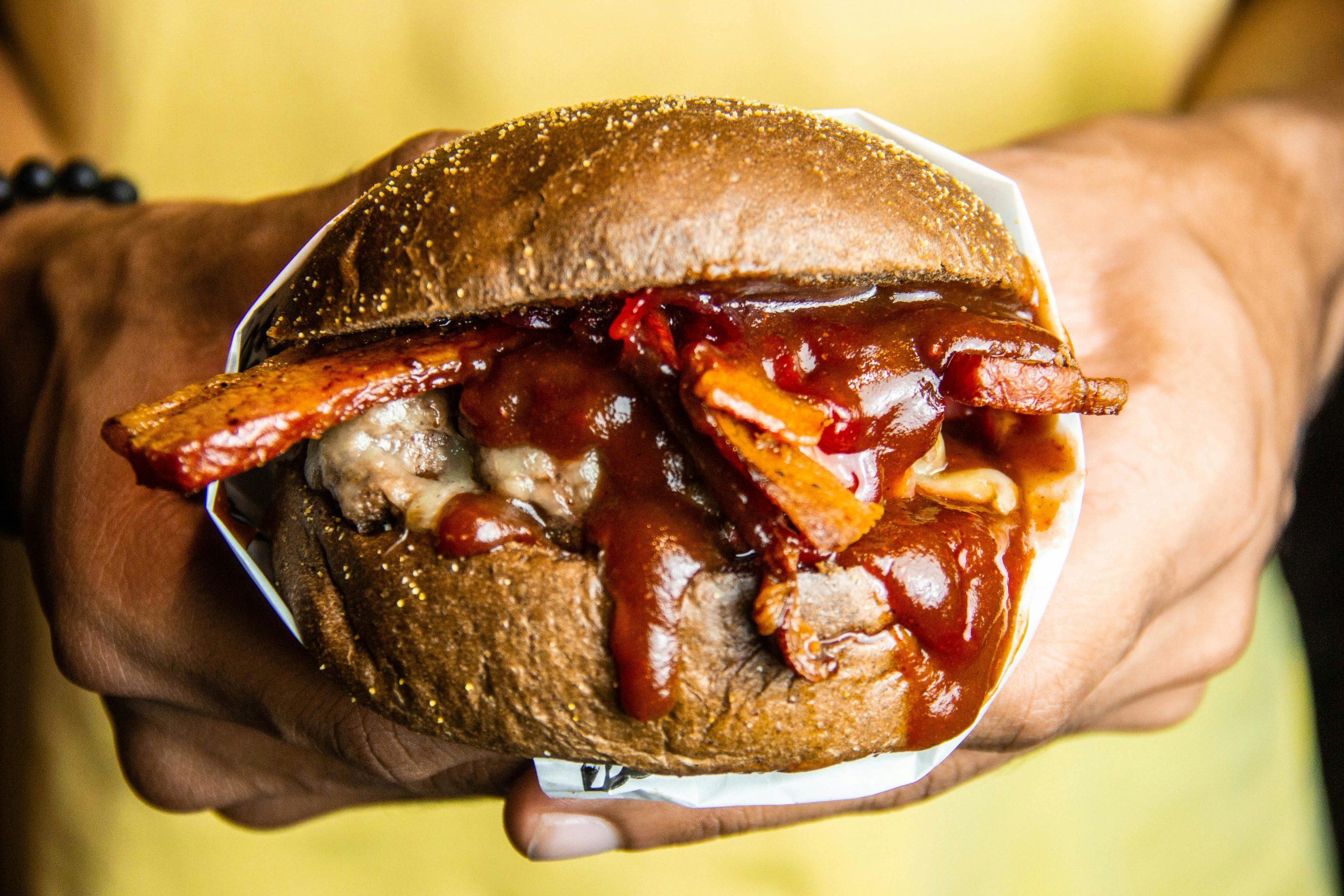Can someone clarify when dried black beans are safe to consume? I’ve come across various instructions for cooking beans, such as how kidney beans require boiling for 10 minutes to eliminate toxins, but there’s no mention of whether black beans need the same treatment. After boiling kidney beans for 10 minutes, can you eat them safely without additional cooking? I understand that heat is what neutralizes the toxins, but I’m still feeling confused. My black beans were boiled briefly and then simmered for an hour, and they’re starting to fall apart—does that mean they’re safe to eat? If the instructions say they need to cook for 2 hours, how does that fit into the safety aspect? I would really appreciate a clear explanation of what makes beans safe to eat.

Can someone explain when dried black beans are safe to eat?
Comments
One response to “Can someone explain when dried black beans are safe to eat?”
-
It’s understandable to be confused about cooking beans since there are different recommendations for various types. Here’s a breakdown that might help clarify things for you:
-
Kidney Beans vs. Black Beans: Kidney beans contain a specific toxin called phytohemagglutinin that can cause gastrointestinal issues if not cooked properly. That’s why it’s recommended to boil them for at least 10 minutes to ensure that the toxin is eliminated. Black beans, on the other hand, don’t have the same level of toxicity, but they still need to be cooked properly to ensure they’re safe to eat and digestible.
-
Cooking Method: For black beans, it’s essential to soak them first (ideally overnight) and then boil them until they are tender. The boiling process kills any harmful bacteria and breaks down compounds that can cause digestive discomfort. As a general guideline, after soaking, black beans usually require about 1.5 to 2 hours of cooking time. If they are falling apart after simmering for an hour, they are likely cooked and safe to eat.
-
Heat and Safety: You’re correct that heat is what kills pathogens and breaks down toxins in the beans. Boiling kidney beans for 10 minutes is a minimum requirement to deactivate the toxin, but they need to be cooked thoroughly for the best texture and digestibility afterward. For black beans, while they don’t have the same toxin, ensuring they are fully cooked is still important for safety and eating quality.
-
Final Notes: If your beans have been boiled for a few minutes and then simmered for an hour, they should be safe to eat, especially if they are tender. You can trust that cooking them until they are soft is a good indication that they are properly cooked and safe to consume.
If you’re ever in doubt, sticking to the standard cooking times and methods provided on packages or from trusted sources can help ensure you’re cooking beans safely. Enjoy your meal!
-
Leave a Reply
You must be logged in to post a comment.